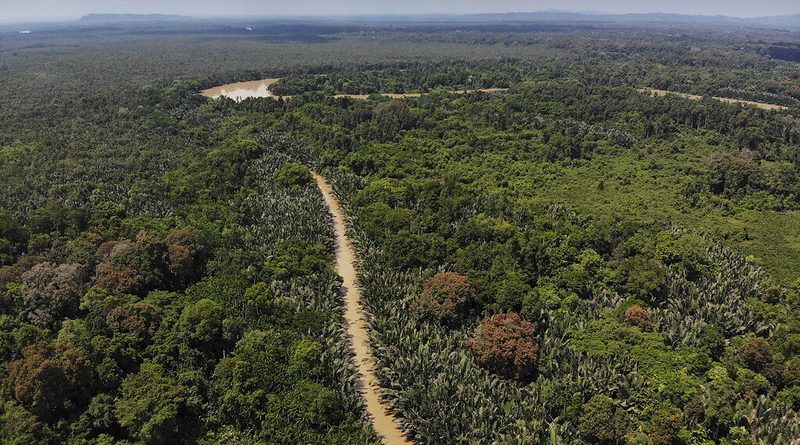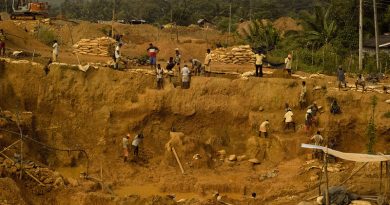River Safari On The Kinabatangan River
Nature Facts
Where: Sandakan, Sabah, Borneo (Malaysia)
When: March – October
Nature: Proboscis Monkey, elephants, orang-utans, crocodiles, civet cats, macacques, otters and birds
Wildlife in Malaysia
Malaysia has its fair share of environmental problems. Excessive logging has been a major problem for many years; various plantations have appropriated large sections of the natural environment to the detriment of wildlife, and Indonesian fires have caused air pollution levels to rise considerably in its neighbouring country. Yet, a growing recognition of Malaysia’s lush, ancient rainforest and hugely diverse flora and fauna as valuable national resources have led to the formation of many eco-friendly projects involving locals, government, business and tourists.
A number of national parks now exist in Malaysia, perhaps the most famous of which is the Taman Negara National Park on Peninsular Malaysia. Famed for its glorious, pristine rainforest, Taman Negara is, however, not the best place in the country to view wildlife in its natural habitat. Sightings of elephants, rhinos, tigers and so on do occur but tend to be few and far between in comparison to areas in Sarawak and Sabah that are more remote but teeming with tropical wildlife.
Wildlife Spotting on the Batang Kinabatangan (Kinabatangan River)
Annual flooding along the 400 miles of Sabah’s longest river forms a vast freshwater swampland area of thriving biodiversity. This is one of the best areas in South East Asia to see an abundance of wildlife in its natural habitat, including elephants, orang-utans, crocodiles, civet cats, macacques, otters, a variety of birds and monkeys.
The most famous attraction is the Proboscis Monkey, found only in Borneo and recognisable by the male’s long, distinctive nose and a peculiar mix of colours – grey legs, white belly and tail, and an orange coat. A trip down the Kinabatangan River almost certainly guarantees you several sightings of this large yet surprisingly graceful primate, as it flings itself forcefully from tree to tree, or watches you lazily from a comfortable lofty branch.
Ecotourism
Logging has devastated much of the upper domain of the Kinabatangan River, so the lower section is now the best place to see wildlife. Even this area has been threatened by palm oil plantations fragmenting the environment and restricting the movement of wildlife, but – thanks to recent intervention of the Malaysian WWF – the Partners for Wetlands project is uniting locals, conservationists and oil growers in the common aim of compromise to aid conservation. Ecotourism plays a vital part, convincing local people that the environment is worth preserving for commercial as well as conservational reasons.
Getting There
Independent travel to the river remains difficult and it is best to arrange a trip to the area from the nearby town of Sandakan. Boat trips are the most relaxing, and least environmentally-damaging method of viewing wildlife, transporting you with ease into the heart of the rainforest. Most animals – and humans – lie low during the midday heat, but late afternoon trips can be arranged from Sandakan, with some tour operators providing overnight accommodation at Sakau for those who would like an early morning rainforest adventure.
More Information
Taman Negara – National Park
The official website of Taman Negara National Park, with information and images on the available attractions, wildlife, trips and accommodation.
Uncle Tan’s Wildlife Camp
The first and most famous of Sandakan’s basic accommodation centres, Uncle Tan’s Wildlife Camp provides a number of trips to the Kinabatangan River and Sepilok Orang-utan centre, as well as numerous other regional attractions. The site includes some excellent pictures and interesting facts and articles.
By Rowena Forbes




